Client Manifestation
From a guardian of tradition to an innovator in digital and human-centered services
Sberbank is Russia’s largest bank and the backbone of Russia’s economy, accounting for one-third of its banking assets. Over 325,000 Sberbank employees serve more than 145 million individual customers and 1.8 million corporate clients across 22 countries. Sberbank boasts the widest-reaching distribution network of services with over 16,000 branches in Russia and operations in Commonwealth of Independent States (CIS), Central and Eastern Europe, Turkey, UK, USA and India.
Given its 175-year longevity, Sberbank has been proactively responding to the challenges of today’s global competitive landscape. In recent years, Sberbank has pursued an ambitious business transformation programme to build a digital ecosystem for its clients. The Bank is currently creating an integrated marketplace of products beyond traditional financial services, spanning from lifestyle, real estate and healthcare to telecom, e-commerce and B2B services. Today, a deep understanding of client needs is what distinguishes a true market leader from an ordinary company. Employing a human-centered approach to creating breakthrough solutions, design thinking is a great enabler for Sberbank’s innovations-focused development. Today, competition is not too often waged over products, but rather centers on the ability to timely and accurately understand client needs. This is why Sberbank is prioritizing client satisfaction, best-in-market customer experience, and continuous and rapid product and service improvements through innovation and minimum time-to-market.
This shift from a traditional financial institution to a human-centered innovator is impossible without major changes inside the company. One of the initial adjustments for this transformation to occur is to achieve a mindset shift among staff to embrace the essential importance of client needs, experimentation, fast prototyping, collaboration, creativity, problem solving, system thinking, Agile and so on.
Design thinking was chosen as one of the instruments to drive the implementation of Sberbank’s new strategy and help its transformation into a financial industry trendsetter. This methodology has proven its efficacy in its human-centered approach to developing creative innovative solutions that truly meet the needs of clients. Moreover, the key principles that underpins the philosophy of design thinking are reflected in the Bank’s core values: I am a Leader, We are a Team, All for the Customer.
Sberbank’s employees are being “reprogrammed” both on the job and with the help of the Bank’s core educational hub – Sberbank Corporate University (SCU). Working together with Stanford’s d.School, SCU launched its flagship programme, Design Thinking: from Insights to Innovation in 2013. After the rollout of the programme, it became apparent that further expertsupport was required to foster the implementation of design thinking outside of the SCU classroom. With this in mind, SCU initiated a collaboration project with INEX Partners - an organization of recognized design thinking pioneers in Russia - to create a handbook outlining the practical methodology of using design thinking to transform client service experiences.




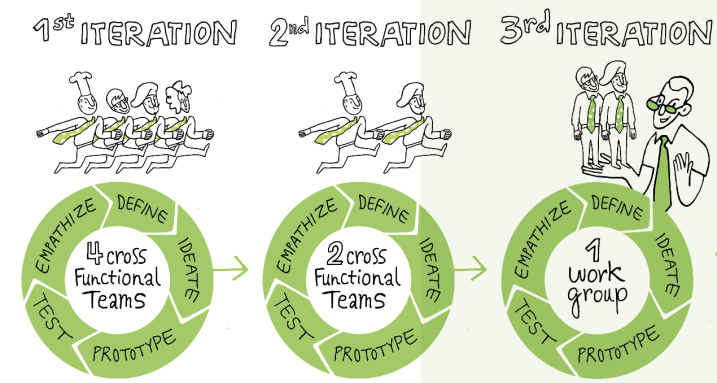
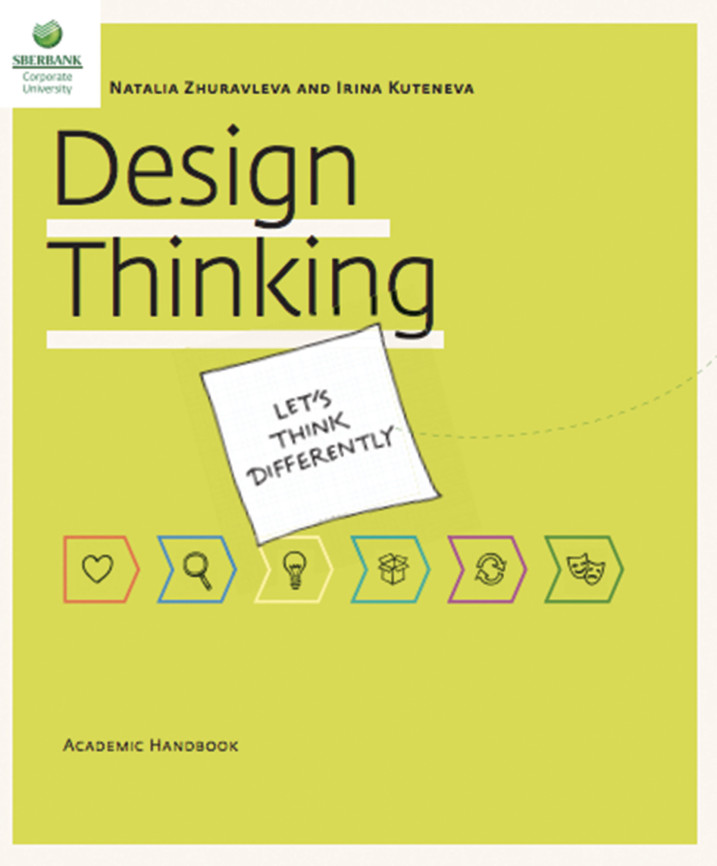
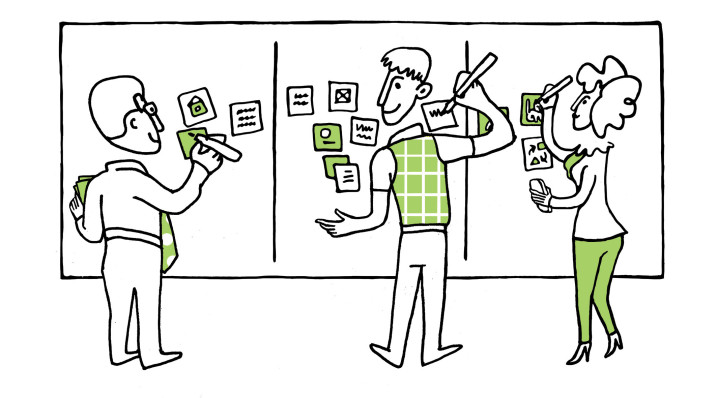
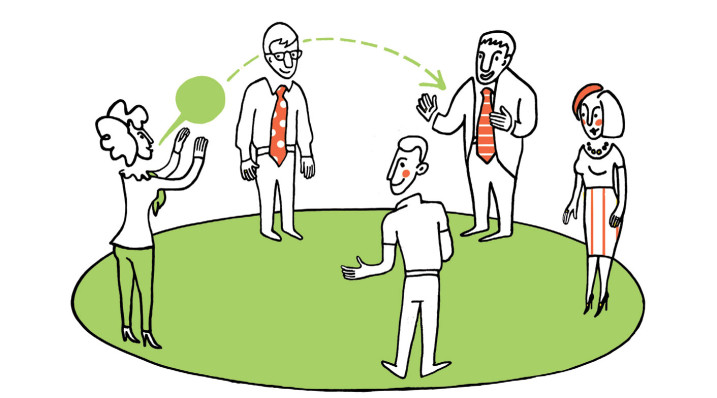

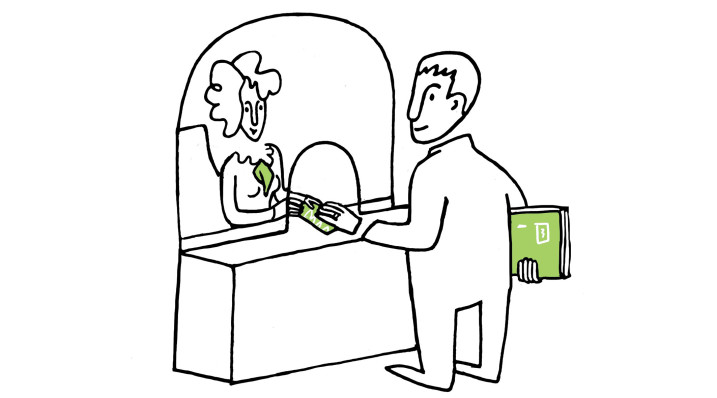

Share your thoughts
0 RepliesPlease login to comment